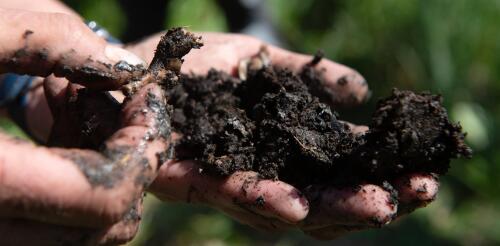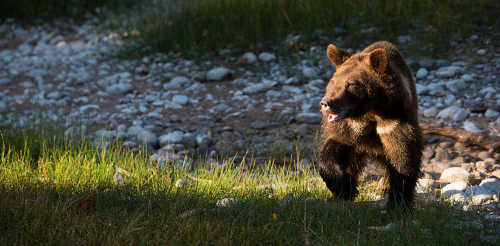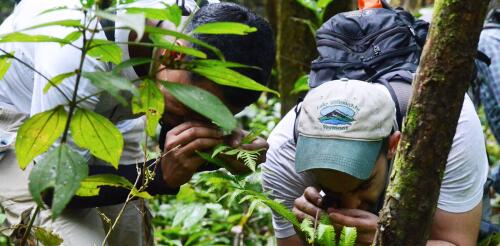Conservation
Wetlands aren’t the most eye-catching ecosystems. They include swamps, bogs, fens and other places where soil is covered by water most of the time. But they perform a huge range of valuable services, from soaking up floodwaters to filtering out pollutants and providing habitat for thousands of species of mammals, fish, reptiles, insects and birds. In a high-profile 2023 ruling, Sackett v. Environmental Protection Agency, the U.S. Supreme Court greatly limited federal power to protect wetlands. According to one estimate, this ruling stripped federal protection from up to 90 million acres of wetlands across the U.S. Today, the U.S. is losing wetlands, mainly to development and agriculture, at an accelerating rate. With Congress polarized and gridlocked, new federal wetland protection laws are unlikely to be enacted in the next several years. Some states have stepped up to fill the gap, but others have instead chosen to roll back their existing protections. This comes despit...
In July 2024, all eyes will turn to Paris for the Summer Olympic Games. Spectators from around the globe will converge on the City of Light to watch athletes compete and to soak in the culture, romance and history of one of the world’s most recognizable cities. But an iconic Paris landmark, the Notre Dame cathedral, will still be under renovation after a devastating fire that ignited in the cathedral and burned for 12 hours on April 14, 2019. When the last embers were extinguished, most of Notre Dame’s wood and metal roof was destroyed, and its majestic spire had vanished, consumed by flames. Notre Dame is nearly 1,000 years old and has been damaged and repaired many times. Its last major renovation was in the mid-1800s. The massive beams that framed the structure were fashioned from European oak trees harvested 300 to 400 years ago. Today, these trees are common throughout north-central Europe, but few are tall enough to replace Notre Dame’s roof lattice an...
Montanans know spring has officially arrived when grizzly bears emerge from their dens. But unlike the bears, the contentious debate over their future never hibernates. New research from my lab reveals how people’s social identities and the dynamics between social groups may play a larger role in these debates than even the animals themselves. Social scientists like me work to understand the human dimensions behind wildlife conservation and management. There’s a cliché among wildlife biologists that wildlife management is really people management, and they’re right. My research seeks to understand the psychological and social factors that underlie pressing environmental challenges. It is from this perspective that my team sought to understand how Montanans think about grizzly bears. To list or delist, that is the question In 1975, the grizzly bear was listed as threatened under the Endangered Species Act following decades of extermination efforts and habi...
This winter, tens of thousands of birders will survey winter bird populations for the National Audubon Society’s Christmas Bird Count, part of an international bird census, powered by volunteers, that has taken place every year since 1900. For many birders, participating in the count is a much-anticipated annual tradition. Tallying birds and compiling results with others connects birders to local, regional and even national birding communities. Comparing this year’s results with previous tallies links birders to past generations. And scientists use the data to assess whether bird populations are thriving or declining. But a change is coming. On Nov. 1, 2023, the American Ornithological Society announced that it will rename 152 bird species that have names honoring historical figures. A Townsend’s Solitaire, one of the species to be renamed. Jared Del Rosso, CC BY-ND Soon, Christma...
When you hear about the abundance of life on Earth, what do you picture? For many people, it’s animals – but awareness of plant diversity is growing rapidly. Our planet has nearly 300,000 species of flowering plants. Among animals, only beetles can compete with that number. There are more species of ferns than birds, more mints than mammals, and more beans than butterflies. Measured in total mass, plants make up 82% of all life on land across the globe. We are plant scientists and co-founders of Let’s Botanize, an educational nonprofit that uses plant life to teach about ecology, evolution and biodiversity. In the past several years we have witnessed a botanical boom, with participation in plant-based hobbies surging. From cultivating houseplants to foraging for wild foods and outdoor gardening, plant appreciation is on the rise. Botanizing is spending time alongside plants in order to observe and appreciate them as living organisms – like birding, but w...




